We frequently get questions about our cameras in particular which camera is best suited for a specific application. Rugged Video works with a number of camera developers to offer a wide range of solutions. We’ve decided to create this article to show the differences and tradeoffs of each solution.
Cameras
For our test we choose our two most popular cameras the HD29 and HD25 as well as our newest offerings; the HD19 Micro Bullet, and a CCD camera we’ve acquired for evaluation which we call the HD43.
Evaluation
To test these cameras we set all up to record in their maximum resolution. We traveled the roads near our office to display the fall colors and get an idea on how well these cameras handle different light conditions.
Whats the Difference?
Cameras differ in quality due to three main components; lens, image sensor, and digital signal processor (DSP).
The Lens
In general there are three types of lenses for these cameras; C-mount, CS-Mount, and S-Mount (AKA M12). C-Mount and CS-Mount lens are largely similar with the primary difference being the distance from the lens to the image sensor in the camera. There are adapters for CS-Mount cameras to work with C-mount lenses, however C-Mount cameras will only work with a C-Mount lens. The S-Mount is the most common type of lens for bullet and board style cameras.
Despite the size difference between the lenses the actual lens elements are all roughly the same area, however the larger C-Mount and CS-Mount typically offer higher quality Glass elements, where the S-Mount lenses are typically a lower cost polycarbonate lens element. The higher the quality of the lens elements, the better image clarity.
Image Sensor
Image sensors are responsible for translating the light being projected from the lens into an electrical signal that can be transmitted. Image sensors can be divided into two main categories: CMOS and CCD. It has generally been considered that the CCD sensors are superior to CMOS sensors due to the inherent nature of the technology where CCD’s are more accurate and sensitive than CMOS technology. With the rise of the smartphone billions have been poured into CMOS technology which has recently turned the tables. Now the majority of image sensors found in cameras are CMOS and the quality can be superb.
The size of the image sensor also has an impact on image quality. for example a 1/2.8″ sensor will offer a ~7% more surface area than a 1/3″ sensor. The larger area directly translates to a more accurate image.
There are also a number of models of sensors which result in a noticeable difference in overall quality such as the HD29 which uses the Sony Exmor CMOS sensor.
Digital Signal Processor (DSP)
Cameras can also offer different digital signal processors which are responsible for controlling all aspects of the image sensor and adjusting shutter speed, white balance, noise reduction, and the like.
Results
The CMOS cameras all performed substantially better than the CCD offering. All the CMOS cameras performed well and were very close to one another in coloration and overall clarity.
Winner
The HD29 was out chosen winner offering the highest overall quality. Throughout the image clarity and contract is consistent and high quality. The saturation was a bit higher than we would like but this can be adjusted in the menu. We believe that the performance advantage of this camera is largely due to the lens superior quality and the higher end sensor and DSP.
Runner Up
The runner up is a tie betwen the HD25 and the HD19. The HD25 performed very well despite using an older version DSP. The HD19 came in neck and neck with similar image quality although both clearly suffer from polycarbonate lens.
Loser
Surprisingly the CCD camera could not produce good coloration, contrast, and could not respond to lighting. We believe this camera could perform well if the DSP were on par with the Eyenix and NextChip DSP’s offered by the CMOS cameras. We believe the HD43 performance is indicative of what to expect of CCD cameras moving forward due to the imbalance in development which the CCD only has a fraction of the CMOS technologies.

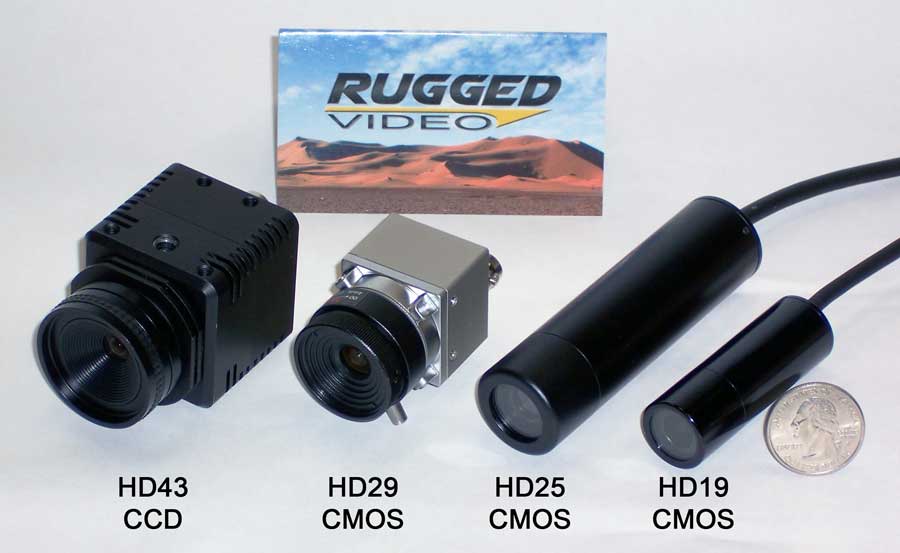
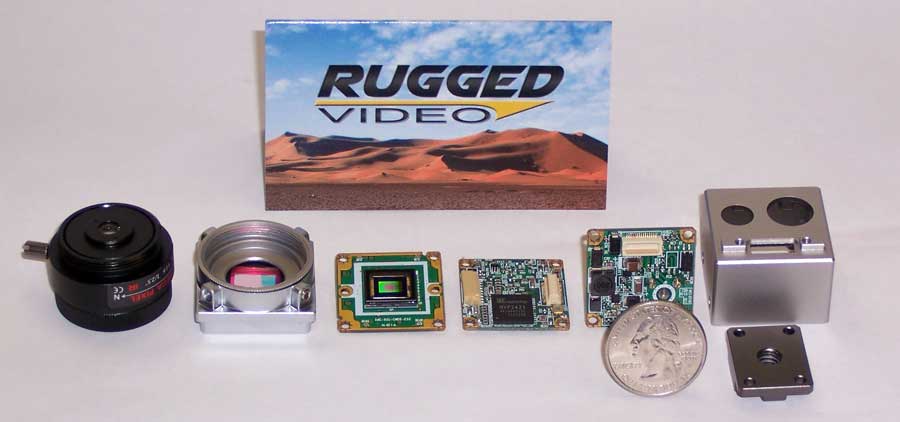
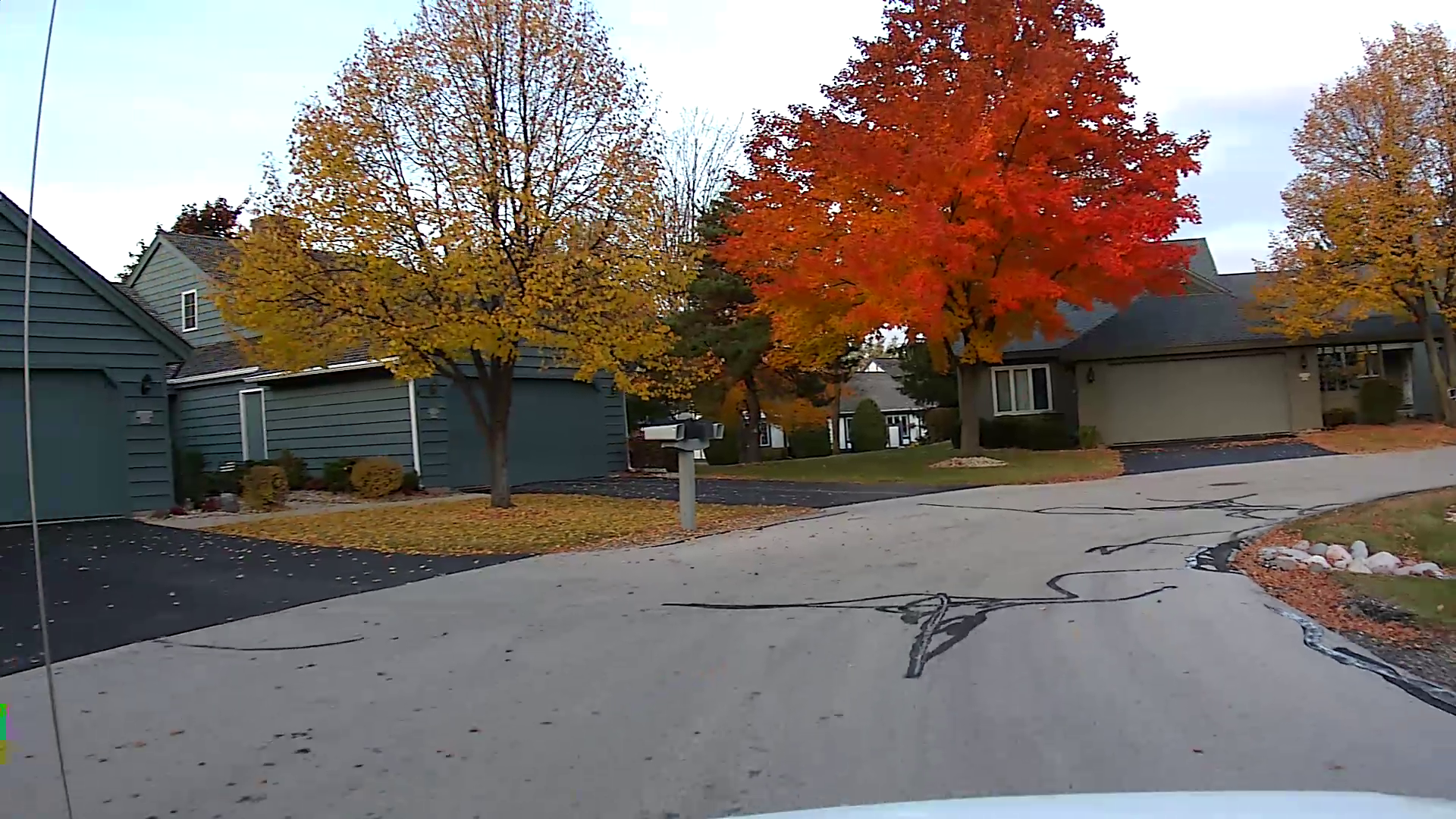
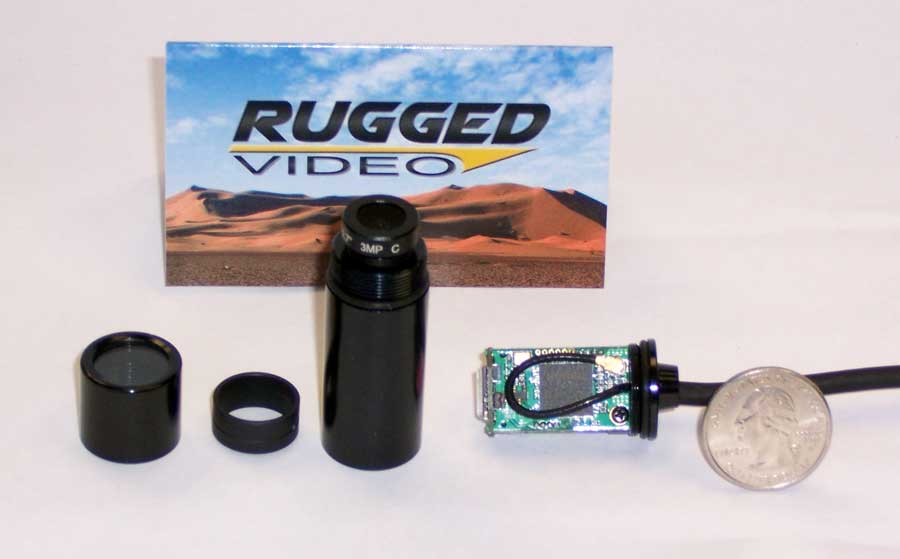
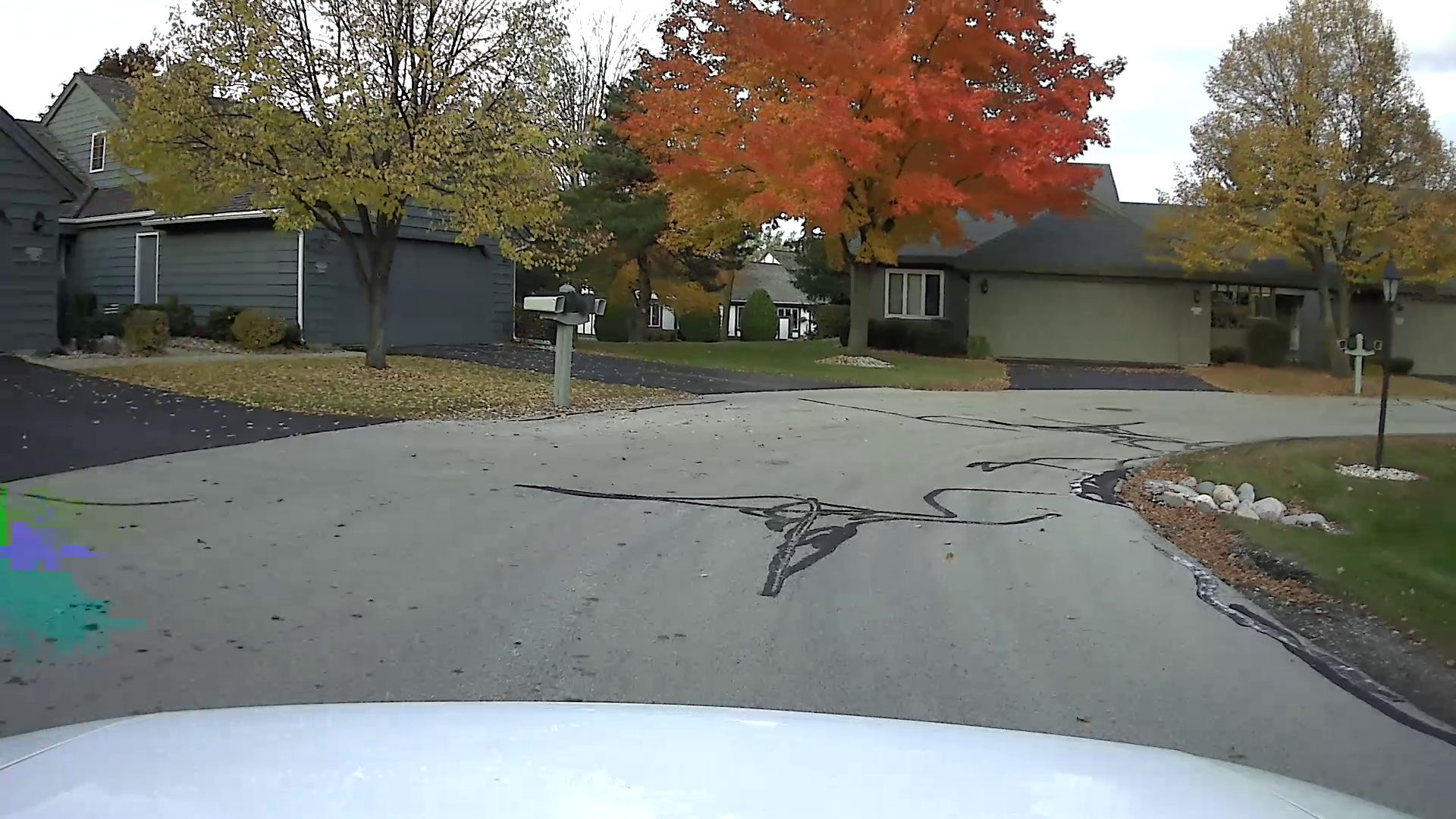
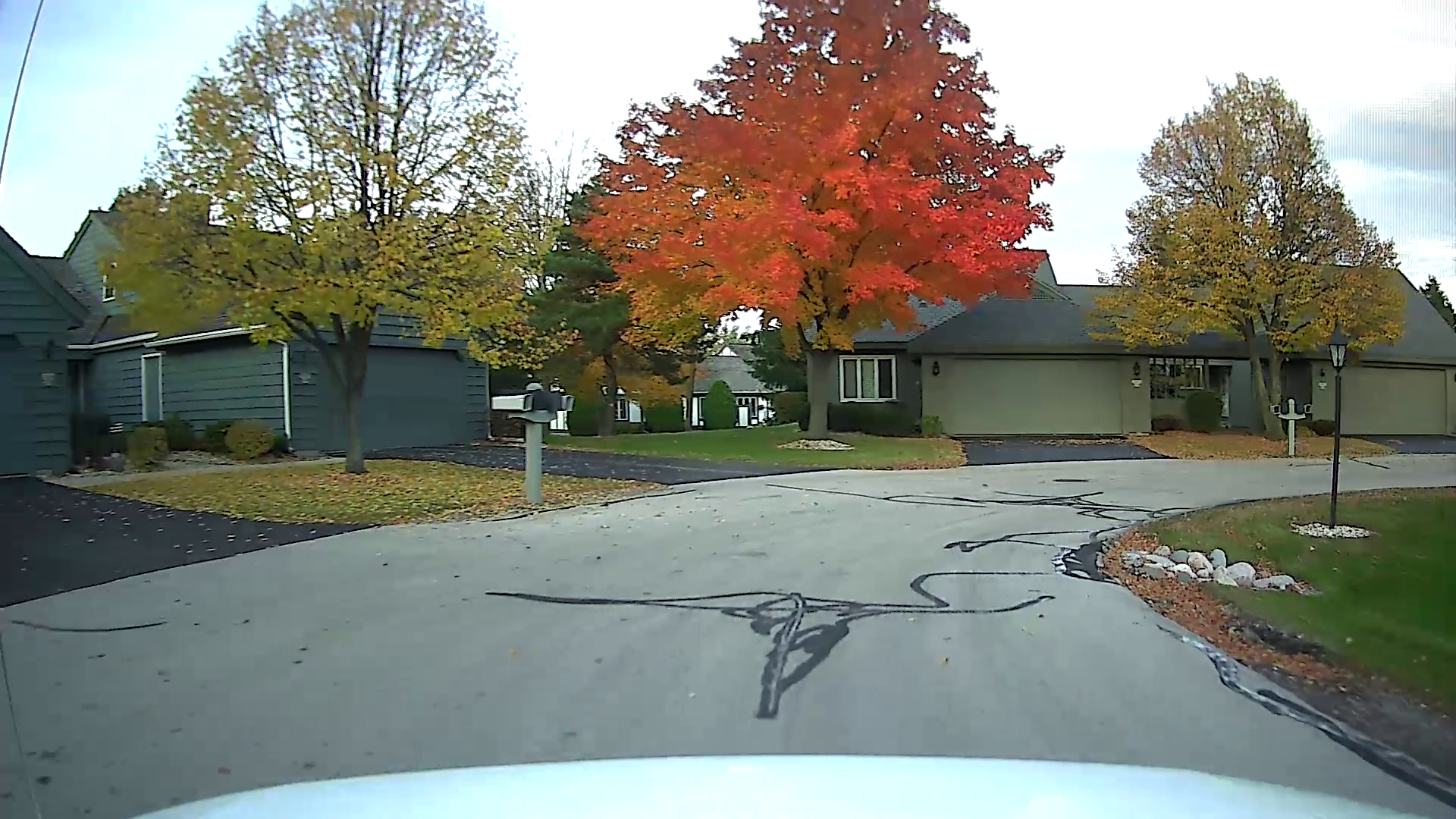
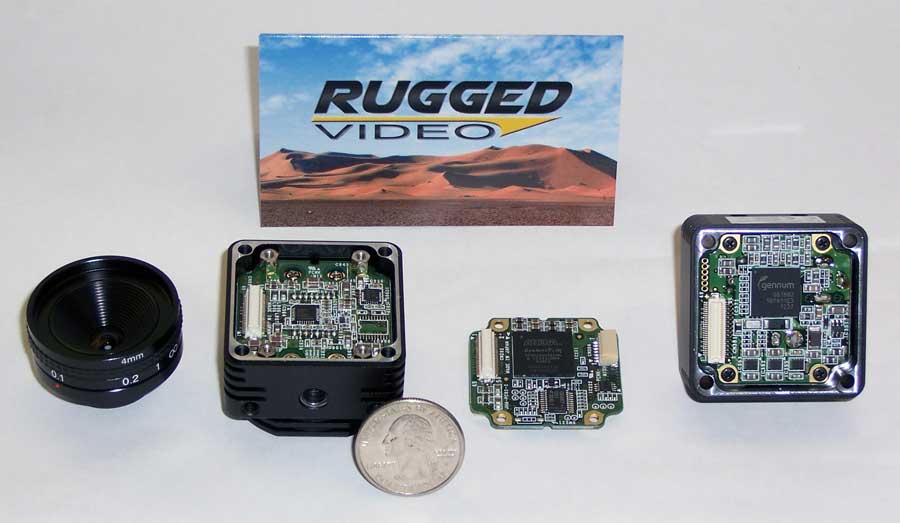
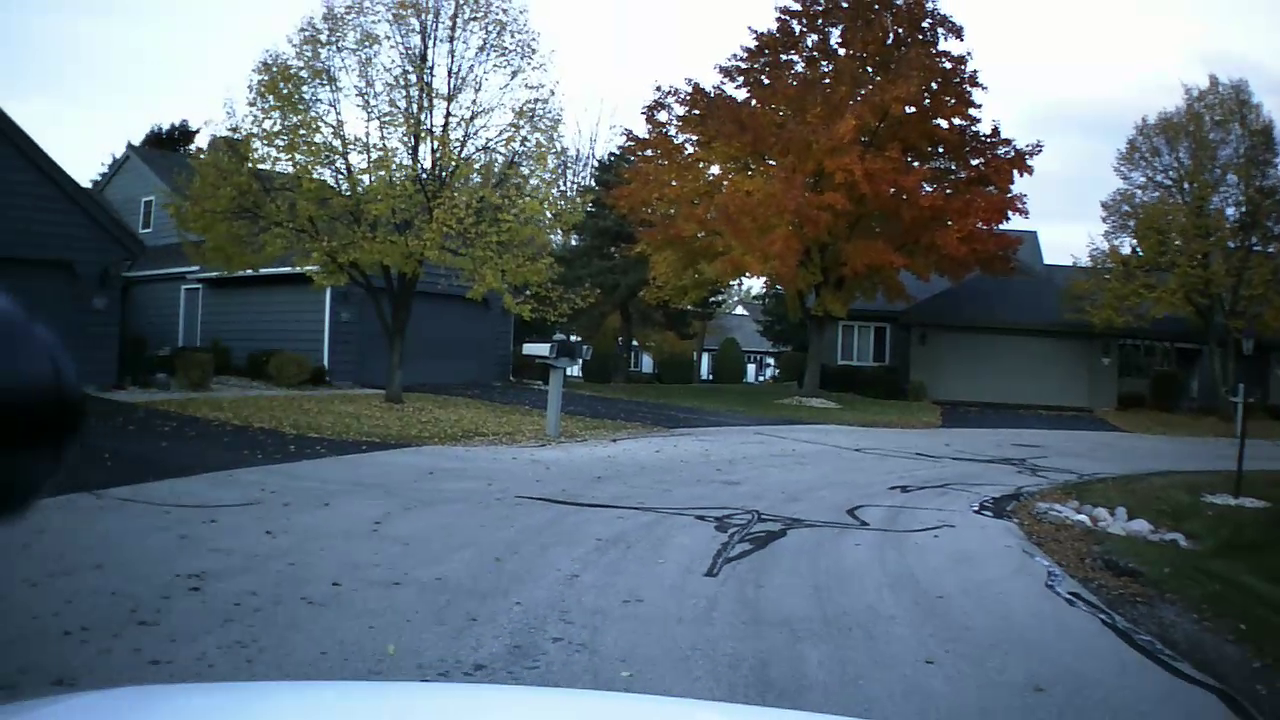
Recent Comments